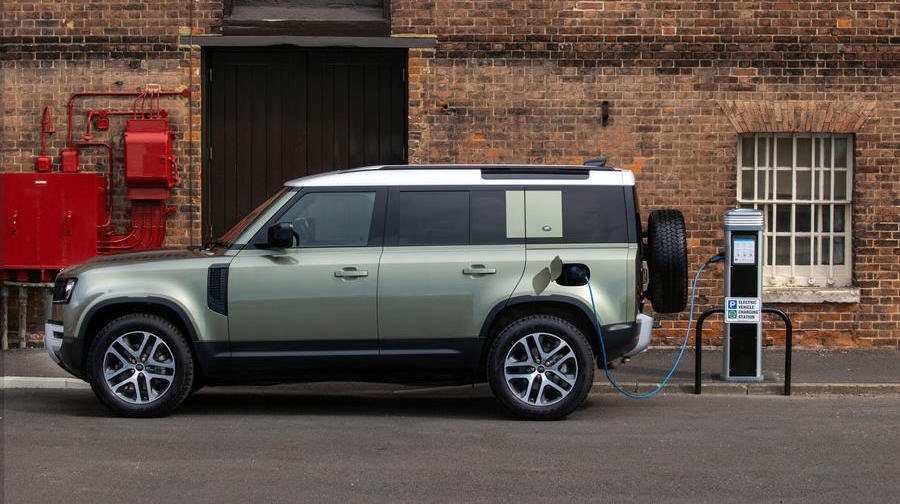New EU emissions rules to accelerate decline of plug-in hybrids

The European Union is set to impose a significant new CO2 burden on plug-in hybrid (PHEV) cars that could have a dramatic impact on their success and accelerate the adoption of EVs.
All PHEVs are likely to have their official emissions figures – measured in grams per kilometre of CO2 (g/km) – more than doubled by 2027 under new EU6e regulations.
That's because these will dramatically increase the utility factor (UF), a number used by Brussels bureaucrats to blend the CO2 figures from driving in ICE-only mode and EV mode together into an official combined figure.
Autocar has learned that the UF will be set at around 800 in 2025, rising fivefold to 4000 or more by 2027.
As a result, a 50g/km PHEV of today is expected to end up with a figure of about 125g/km in 2027, bringing substantial implications on the cost of ownership, due to larger taxes and emissions surcharges incurred.
These higher CO2 figures will also mean car makers' fleet-average emissions figures will need to be recalculated, especially since most are currently relying on PHEVs to replace diesel.
In many cases, PHEVs provide at least 50% of sales to ease the ‘glidepath’ to the phasing out of ICE in 2035.
Manufacturers will have to move more rapidly to a much stronger mix of BEVs – perhaps two or three for each ICE sale. And that will be a real challenge for an industry struggling for semiconductor and battery-cell supply.
The negotiations are so sensitive at high levels in Brussels and manufacturers' boardrooms that neither of the two largest automotive trade bodies, the ACEA (which represents all European car-makers in Brussels) and the SMMT (which represents the UK industry), would comment to Autocar.
The plan will undoubtedly undermine the economic case for PHEVs for both drivers and car makers, lumbering them with average CO2 figures of around 130g/km at the same time as fleet-average CO2 is mandated down to 42g/km.
Difficult and expensive engineering solutions might bring plug-in hybrids' CO2 figures down, such as bigger batteries to extend electric-only range and smaller combustion engines to cut fuel consumption, but one estimate suggests the minimum battery size required might be 30-40kWh, pushing a plug-in very close to an EV’s battery capacity.
And with the EU creating a hostile environment to PHEVs, manufacturers will have to think twice about committing tens of millions of pounds to development, especially with a limited product life beyond 2030, when the EU fleet-average mandate is expected to hit 0g/km.
Consequently, agreeing the numerical value of the UF has been a contentious discussion between green lobbyists, car makers and EU officials, especially given the controversial EU7 emissions regulations, which will push fleet average CO2 down to 42g/km in 2030.
Green lobbyists like Transport and Environment, which has a strong influence in EU legislation, have issued several briefings against PHEVs, including one this March that alleged up to 600,000 fewer EVs were sold in Europe last year because of PHEV sales.
“Delaying implementation of real-world UFs isn't credible, as PHEVs are a problem now,” it said. “And 2025 is a realistic timeline, as changes to UF don’t require engineering changes. An update to UF simply fixes an erroneous calculation for determining CO2 emissions.”
Car makers are understood to have been surprised that the EU has chosen to hit PHEVs so hard, their expectation having been for a UF about half of that which has been proposed.
The EU’s approach stems from real-world experience that many PHEVs drive more ICE-only miles than forecast when EU6 was introduced in 2015.
Back then, it was assumed that PHEVs would always start their journey with a full battery.
Green lobbyists have mounted a campaign for PHEVs to be hit with higher CO2 ratings ever since suspicions were raised that many PHEV drivers were benefiting from lower tax ratings yet rarely charging up.
To guide the regulations, the EU has launched an in-use data capture with real-world feedback from hundreds of fleet and private PHEV drivers across the EU.
Early analysis of those figures shows that private-owners of PHEVs are more likely to charge up regularly than fleet users.
Related News
